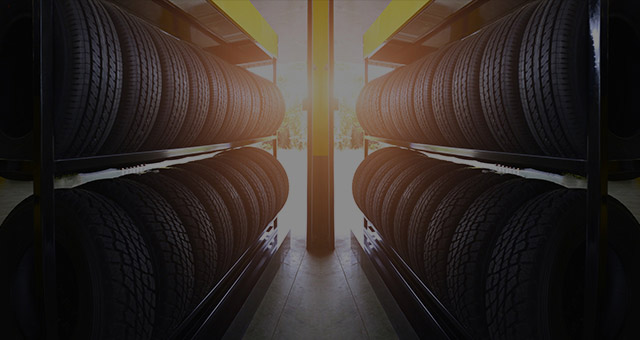Tire Service: Recognizing Tire Pressure Tracking Solutions
Comprehending Tire Stress Monitoring Equipments (TPMS) is a critical aspect of keeping ideal vehicle efficiency and security on the road. With developments in auto modern technology, TPMS has actually ended up being a conventional function in contemporary cars, providing real-time info on tire stress levels.

Value of TPMS
The significance of Tire Stress Tracking Systems (TPMS) exists in their ability to improve automobile safety and security and performance through real-time tracking of tire pressure levels. Maintaining the proper tire pressure is essential for guaranteeing ideal handling, braking, and general security of an automobile. TPMS supplies vehicle drivers with immediate responses on any type of underinflated or overinflated tires, enabling for timely changes to be made.
Parts of TPMS
Making up various important aspects, a Tire Stress Tracking System (TPMS) works as an innovative safety and security function in contemporary vehicles. The major components of a TPMS consist of sensors, a control module, and a caution indicator. Sensors are generally located in the tire shutoff stem or affixed to the wheel setting up, where they measure tire stress and transmit data to the control module. If it spots substantially low stress in any of the tires, the control component procedures this information and sets off a warning. The caution indication, typically a sign on the control panel, informs the chauffeur to inspect the damaged tire or tires. Some advanced TPMS designs also show the real tire pressure analyses for every tire, offering chauffeurs with real-time information to ensure optimum tire efficiency and safety and security. By checking tire pressure continually, TPMS assists protect against accidents, reduces tire wear, and enhances fuel effectiveness, making it a crucial element for automobile security and performance.
Kinds of TPMS

On the various other hand, indirect TPMS depends on the lorry's wheel speed sensors tire shop morris to check tire stress. This system discovers underinflation by comparing the rotational rates of the wheels. Indirect TPMS is much less expensive than direct TPMS, as it utilizes existing sensing units within the vehicle.
While direct TPMS provides extra precise readings, indirect TPMS is easier in style and typically needs much less maintenance. Both systems have their limitations and benefits, and the choice between them often depends upon variables such as cost, automobile make, and personal choice. Recognizing the differences between these two kinds of TPMS can aid lorry proprietors make notified choices relating to tire upkeep and security.
TPMS Upkeep Tips
Conduct routine checks on the tire stress degrees and compare them with the TPMS readings to ensure they are consistent. During tire turning or substitute, make sure that the TPMS elements are taken care of very carefully to protect against any type of prospective damage. If the TPMS alerting light illuminates on the control panel, attend to the problem quickly by checking the tire stress and the overall system for any type of faults.
Benefits of Correct Tire Stress
Preserving correct tire pressure, as highlighted in TPMS Maintenance Tips, is vital for reaping the various advantages associated with optimum tire stress levels. In addition, proper tire pressure makes sure even tire wear, expanding the life-span of the tires and advertising safer driving problems. In verdict, the benefits of proper tire pressure go beyond simply tire durability; they include boosted fuel efficiency, improved safety and security, far better car efficiency, and general driving convenience.
Verdict
Finally, comprehending tire stress tracking systems (TPMS) is critical for keeping optimal tire pressure and ensuring lorry security. By recognizing the value of TPMS, recognizing with its parts, knowing the different kinds readily available, sticking to correct upkeep suggestions, and realizing the benefits of maintaining proper tire pressure, vehicle drivers can boost their driving experience and prolong the lifespan of their tires. Correct tire pressure is vital to effective and safe automobile procedure.
